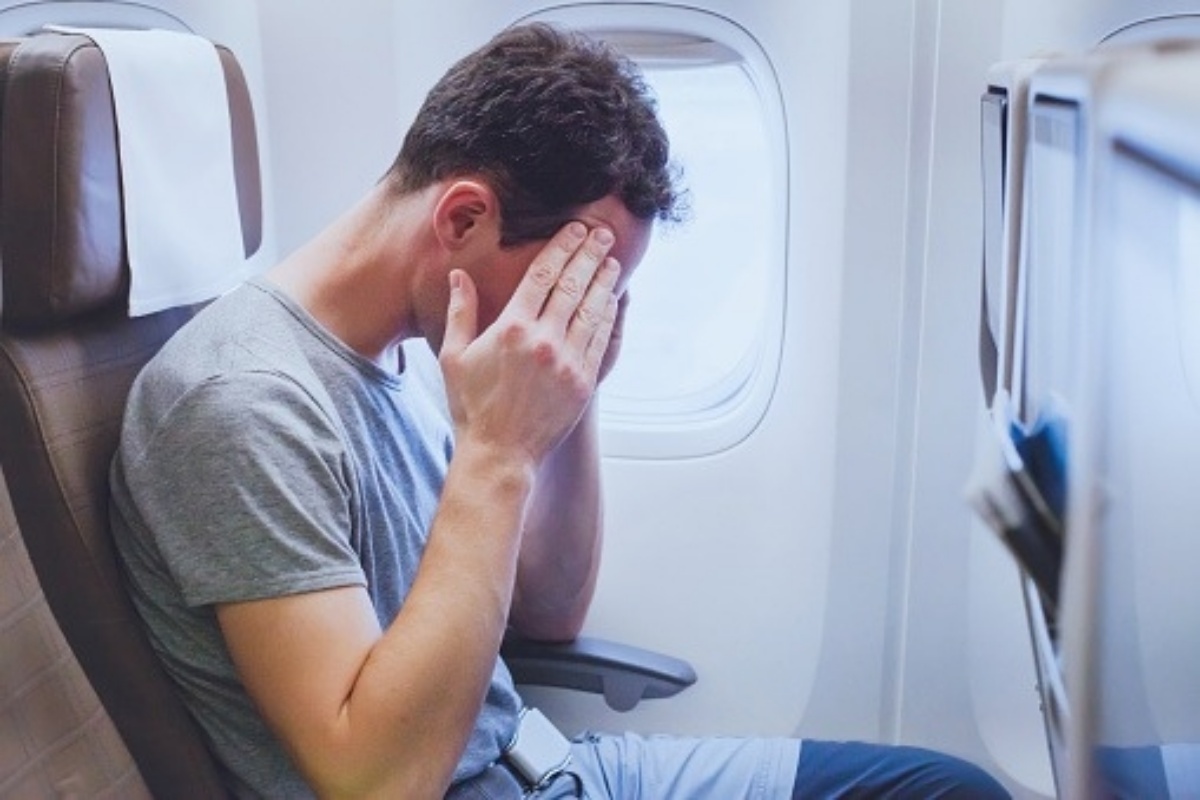A team of researchers has identified that a person’s ability to detect visual cues may help predict the severity of motion sickness symptoms.
They study, published in the journal Entertainment Computing, indicated that, specifically, discomfort was due to a specific sensory cue called motion parallax, which is defined as the relative movement of different parts of the environment.
Advertisement
“As we tested sensitivity to sensory cues, a robust relationship emerged. It was clear that the greater an individual’s sensitivity to motion parallax cues, the more severe the motion sickness symptoms,” said researcher Bas Rokers from New York University, Abu Dhabi.
“It is our hope that these findings will help lead to the more widespread use of powerful virtual reality (VR) technologies by removing barriers that prevent many people from taking advantage of its potential,” Rokers added.
For the study, the team used VR headsets to simulate visual cues and present videos that induced moderate levels of motion sickness.
These findings suggest a number of strategies to mitigate motion sickness in VR, including reducing or eliminating specific sensory cues, and ensuring device settings are personalised to each user, the team said.
Understanding the sources of motion sickness, especially while using technology, not only has the potential to alleviate discomfort, but also to make VR technology a more widely accessible resource for education, job training, healthcare and entertainment, they added.











